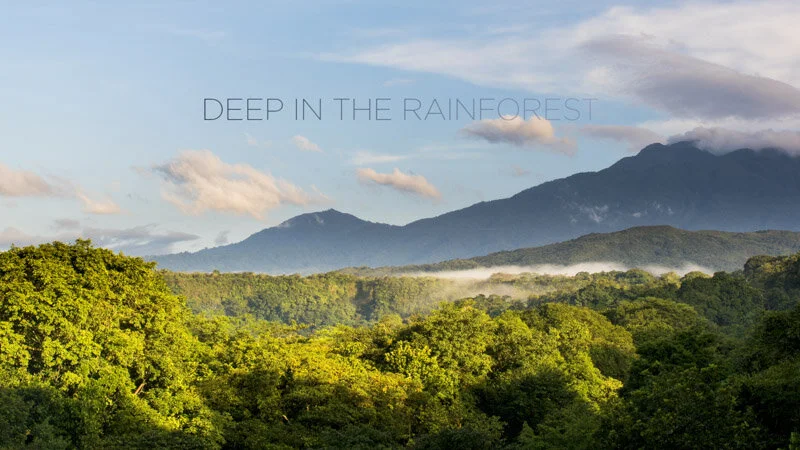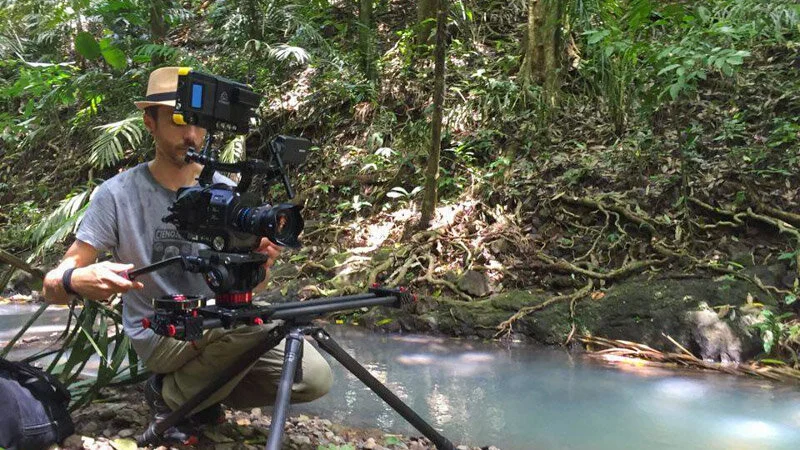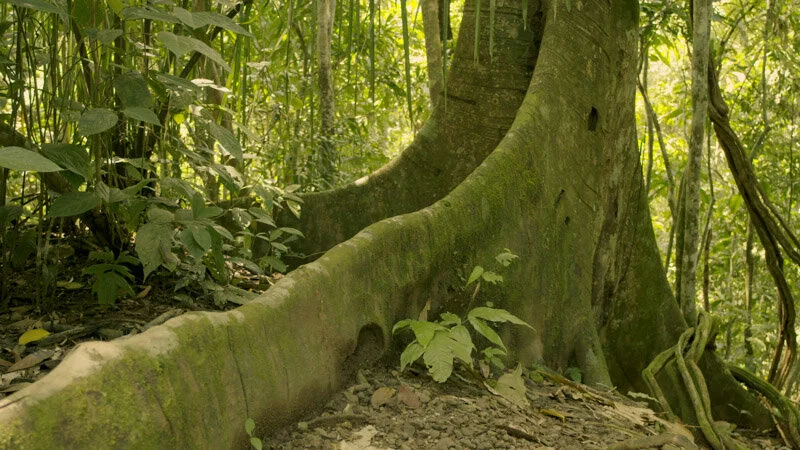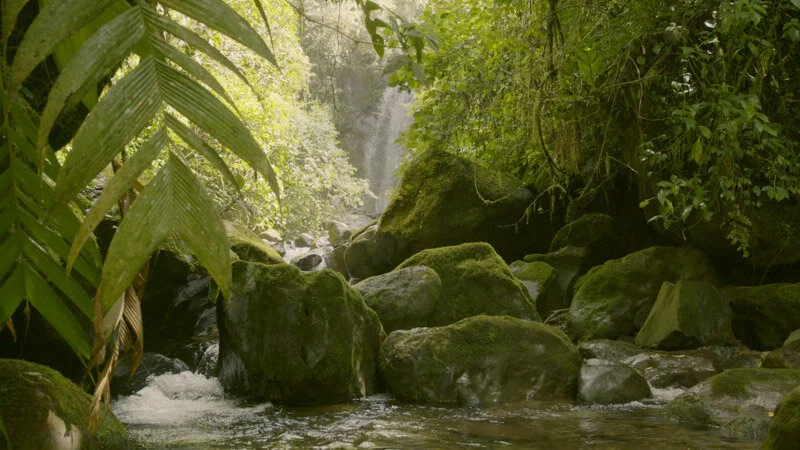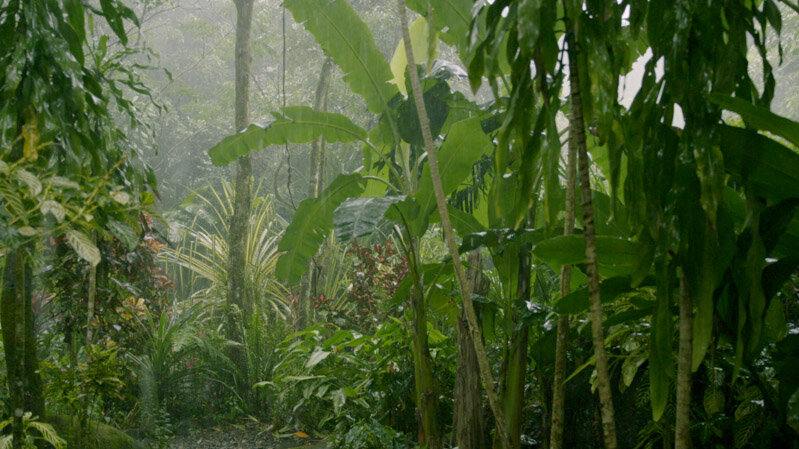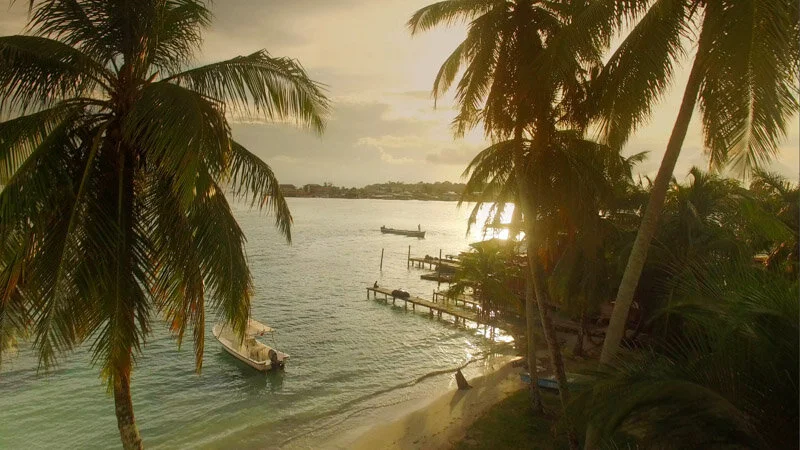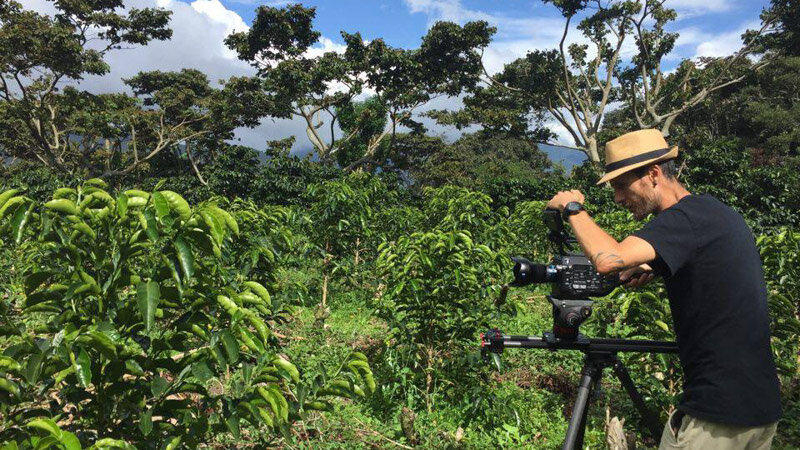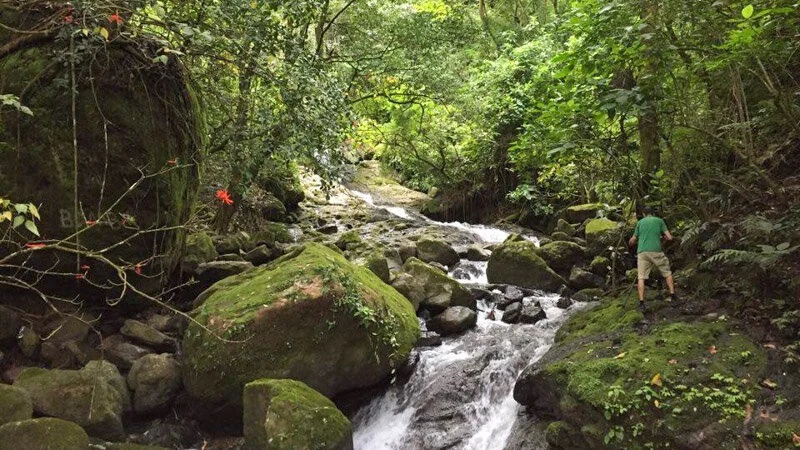Shooting “Deep in the Rainforest”
Contrary to what many people think, deciding where to travel is not easy. In fact, in recent years it has become one of the most difficult decisions that I have had to face in my work. It is not the same to travel for pleasure as it is to take an adventure in search of dream images to use in videos you envision.
It is also complicated to anticipate what may happen. No matter how much you look up information on the internet from the comfort of your studio, rarely does reality provide the same images you find online.
Panama has been one of those destinations that crossed my path almost by chance. It was not even on my list just a couple of months before taking the trip. I have to thank a good friend for strongly recommending that I visit Panama. It is not the first time that this has happened to me and I am sure that it won’t be the last.
Every country, city or landscape, has its peculiarities and its special appeal. In Utah (USA) undoubtedly it is the vibrant orange landscape. In Uyuni, Bolivia, it is the immense salt flat. In Panama, it is none other than the endless and deep jungle that covers much of the country.
Likewise, the landscape usually determines the way in which I approach the shoot, the techniques I use, as well as the necessary gear.
In the case of Panama, I was sure that it was not going to be easy to capture the essence of the jungle, so I would need to shoot video in slow motion to appreciate the beauty of its rivers and waterfalls. I would use time-lapse to capture sunrises, sunsets and to get the movement of the clouds that form during the rainy season. Finally, I would need a drone to get aerial images with which to show the vast expansion of the jungle.
Below I will describe my experiences in a few locations in Panama. I will also include the details of how I recorded the images that are part of my film titled “Deep in the Rainforest”.
Parque Soberania:
What you least expect when you visit Panama City is that only twenty minutes from the centre of the bustling city you will find one of the most beautiful natural parks in the country. The Soberania National Park covers an area of 19,525 hectares and was declared a protected area in 1980. When you walk along its paths, it is easy to see a multitude of wild animals, including monkeys swinging freely from branch to branch.
Within the park, it is impossible not to feel the authenticity of this undisrupted natural space. It is the habitat of more than 1300 species of plants, 525 species of birds, 105 species of mammals, 79 species of reptiles and 55 species of amphibians.
One of the highlights of the park is Camino de Cruces, a 10km trail that goes from one side of the park to the other. It has historical fame as it was the route used by the Spanish in the sixteenth century to transport merchandise between the Pacific Ocean and the Atlantic. Today this path allows you to comfortably discover the park and its natural beauty.
In Soberania, I was able to get some of the images I was looking for; such as, small rivers crossing through the forest, or the dense vegetation that fills every jungle crevice while looking for precious light.
Portobelo:
San Felipe de Portobelo was one of the most important settlements in America during the colonial era. The majority of Spanish goods passed through its natural port during the conquest of the new continent.
Located on the northern coast of Panama, about 50 km northeast of Colón, Portobello is bordered to the north by the Caribbean Sea, which is evident in its streets, its people and their way of life. I cannot say it was one of the most attractive areas on my trip, but in fact quite the opposite. Portobello is undoubtedly the dirtiest and most degraded city that I visited in Panama.
Due to the great history and heritage of this colonial city, I thought I would see a cultural richness; this was limited only to Fort of San Jerónimo and the harbour within it.
In order to capture these elements, I decided to wait for the sunset and record it from above using a drone. I got several interesting shots that make use of the golden light that illuminated the scene.
Valle de Anton:
After a couple of days in Colon and Portobelo, I left the Caribbean coast and continued my trip to the West. From here the landscape changed drastically as I approached my next destination: the Valley of Anton, a small and picturesque village located at the foot of a volcano. Due to its location at the base of the volcano, it maintains a cooler, more pleasant climate. The main attractions of this area are the paths through the surrounding forests, as well as the volcano. In these forests you can find another amazing natural site, the Chorro Macho, an tremendous waterfall at the end of a quick hike through the lush jungle.
The large volume of rainfall makes the flora of this area exuberant—covering every millimetre of the soil with a green blanket that is difficult to avoid stepping on. For me it represented an ideal scenario to get some macro shots with an old Minolta 50mm and my Sony FS7.
Caldera:
Caldera is a small, undiscovered town in the interior of Panama. It is one of those places that does not appear in guide books and most people do not even think to visit it. Perhaps the only reason I decided to spend a night in this place was because it was halfway to my next destination, Bocas del Toro. My expectations were low as all I wanted was a cool dry bed where I could rest after a long day of filming. What I did not expect was to discover an authentic jungle grove nestled in a small canyon that was barely visible from the road or the village. You can only truly discover this magical place if you stay in an accommodation called “Cabañas del río encantado”.
In addition, when visiting Panama in the rainy season, I knew that I risked torrential rain, something that can ruin your shots. In my case, however, the rain substantially enhanced the shots, although taking successful images and videos in a storm in the jungle proved to be difficult.
In order to be able to accurately represent the strength of the rain, I recorded the scene at 60fps with the Sony FS7. I stood under an umbrella that kept the camera safe, but did not prevent my assistant and me from getting totally wet. With different luck, it could have been a terrible day of filming, but for us it was one of the best moments of the trip.
Bocas del Toro:
After several days traveling around the country, we left the thick jungle for a change in scenery. We went to the well-known city, Bocas del Toro. This province borders Costa Rica and is where the Europeans landed for the first time, on the 6th of October 1502, during the fourth voyage of the admiral Columbus to America. Looking around you can get an idea of what life was like at that time. The atmosphere here is authentic—the people, the architecture, the way you move between islands by boat, give you the sense that you are in a really special place.
This is one of the most attractive and visited areas in the Panamanian Caribbean, and it has many awesome sites to visit; such as, its paradise-like beaches, its endless mangroves and the fauna that inhabits them. One of the amazing animals in Panama is the sloth, a rare and sympathetic mammal that can only be found in this part of the world.
Boquete:
After several days on the Caribbean coast, I started heading back to Panama City, but not before visiting the small and picturesque city of Boquete. It is located at the top of Panama’s central mountain range with the weaving Caldera river close by. The town enjoys a moderate climate thanks to its altitude of more than 1,000m above sea level. Not only does this place have wonderful landscapes, but for several generations it has been the place chosen by the Panamanians to plant their rich coffee. I am a coffee lover, so I decided to visit one of the most prolific plantations of Boquete, Elida. At the plantation, they showed me different types of coffee plants, their fruits, how they were collected, washed, dried, selected and roasted, and finally how they were turned into different coffee varieties. After tasting various types of coffee and inevitably purchasing several packages, I could enjoy a few hours recording the coffee plants in incredible light that filtered through the stormy clouds. A gentle rain added an even more magical touch to the shots. I could not imagine a better end to this trip.
Back in Panama City, it was time to reorganize —pack up and enjoy one last day in this wonderful country, as attractive and unknown as it is authentic and welcoming. Panama offers a lot to a traveler: dream beaches, mountains and volcanoes, and a cosmopolitan capital. In my opinion, however, the jungle was the most staggering and naturally became the protagonist of my project.

